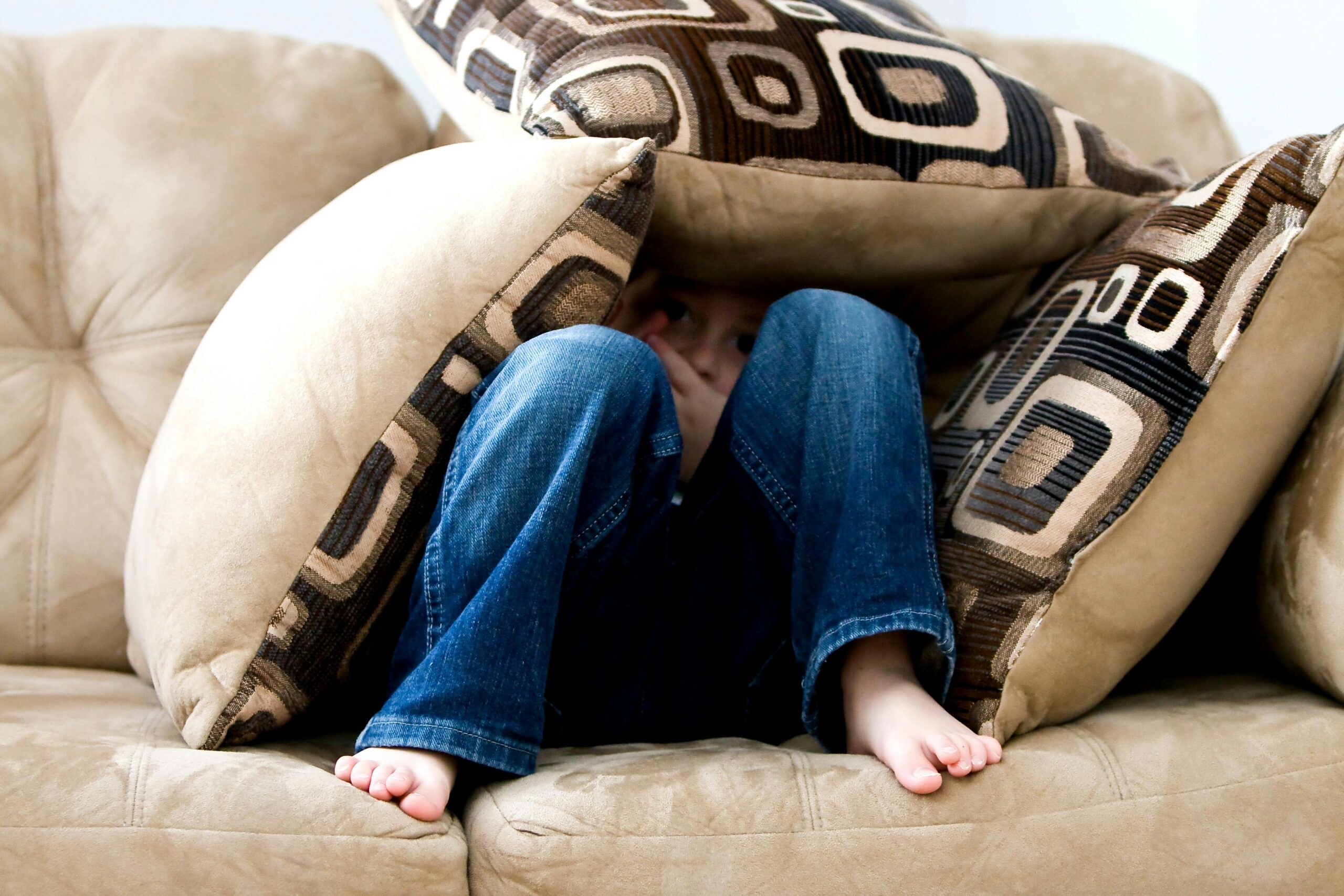
Aunt Zunaira’s Best Tips for Keeping Harmonica Debris Clean, as Explained by Zulf
My name is Zulf, and I regularly visit the garden to play the harmonium. I am a very skilled harmonica player. Anywhere there is greenery, trees, clean air, and the music of a harmonica combine to create a really lovely mood. My Aunt Zunaira is likewise enthralled with my harmonica’s tone, and she visits the green area daily to hear it play. I played the harmonica in front of Aunt Zunaira today, and it did not sound right. Perhaps there are particles on my harmonica. During our brief conversation, Aunt Zunaira told me that “you would clean your harmonica and return to the garden the following day to play it tunefully”
As Aunt Zunaira told me. “Not a concern! Zulf”
You should clean your hormonica and play tomorrow. Rather, I tell you how to clean harmonica because I love harmonica music and I know how to play harmonica. Because Aunt Zunaira used to play harmonica in the past. Therefore, she knew how to clean. She told me very useful things about how to clean a harmonica. I cleaned my harmonica completely by following Aunt Zunaira’s advice. Harmonica sounds melodious after cleaning. Now I shared here all these instructions.
Maintain Your Harmonica
Soulful melodies can be produced using the harmonica, also called the mouth organ, which is a lovely instrument. Cleaning and maintenance are crucial if you want to keep your harmonica in excellent condition and guarantee its longevity. We will look at how to clean your harmonica and keep the reeds from rusting in this post.
Daily Cleaning
- Tap Out Saliva and Debris:
- After playing, gently tap the harmonica to remove any saliva or food particles.
- Rinse your mouth with water before playing to minimize contamination.
- Rinse the Plastic Comb:
- If your harmonica has a plastic comb, rinse it with lukewarm water.
- Tap out excess water and let it dry completely.
- Store the harmonica in an open case to allow proper drying.
Deep Cleaning (Every Few Weeks)
- Disassemble the Harmonica:
- Remove the cover plates and reed plates.
- Wipe the cover plates with rubbing alcohol to remove grime.
- Clean the Comb:
- For plastic combs, use soapy water and a soft brush to remove debris.
- For wooden combs, use a soft brush to avoid damaging the wood.
- Soak the Reed Plates:
- Soak the reed plates in warm water with a bit of vinegar for about 30 minutes.
- Gently brush the reed plates with a soft toothbrush to remove any remaining debris.
- Dry Thoroughly:
- Knock the mouthpiece against your hand or thigh to remove excess moisture.
- Let the harmonica air-dry quickly after cleaning.
Preventing Rust on Reeds
- Avoid Playing with a Dirty Mouth:
- Rinse your mouth before playing to minimize contamination.
- Don’t blow too hard, as stressing the reeds can lead to faster deterioration.
- Choose Stainless Steel Reeds:
- Stainless steel reeds last longer than brass reeds.
- Consider their stiffness and adjust your playing style accordingly.
- Store Properly:
- Keep your harmonica in a cool, dry, and airtight container.
- Limit sharing it with others to prevent different playing styles from stressing the reeds.
- Regular Maintenance:
- Clean the reeds and comb regularly.
- Oil all metal parts (such as screws) with a drop of machine oil.
Remember that harmonicas are like cherished companions—they require care and attention. By following these guidelines, you’ll keep your harmonica singing beautifully for years to come!




